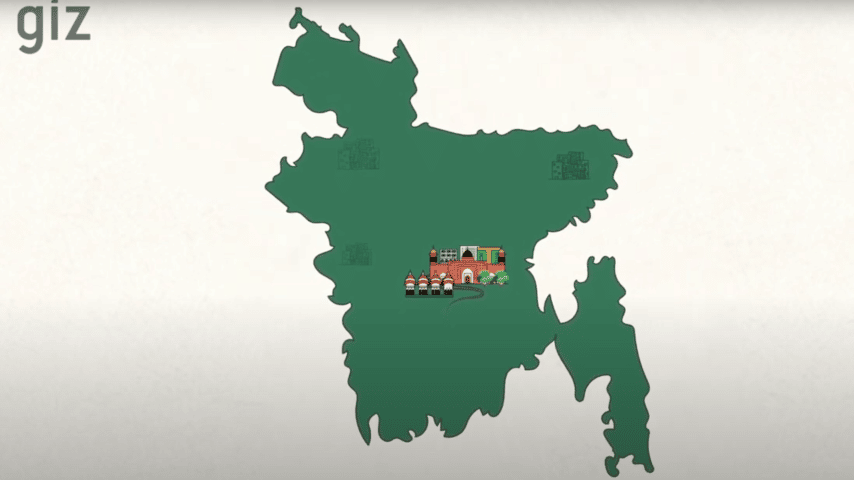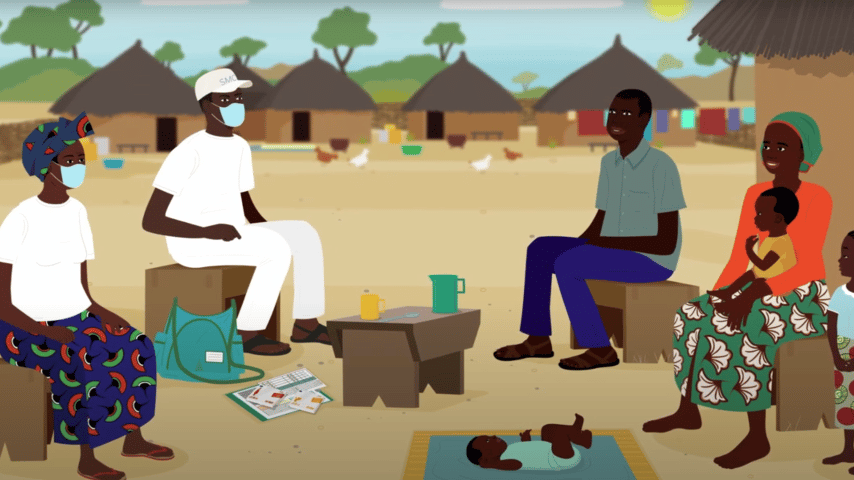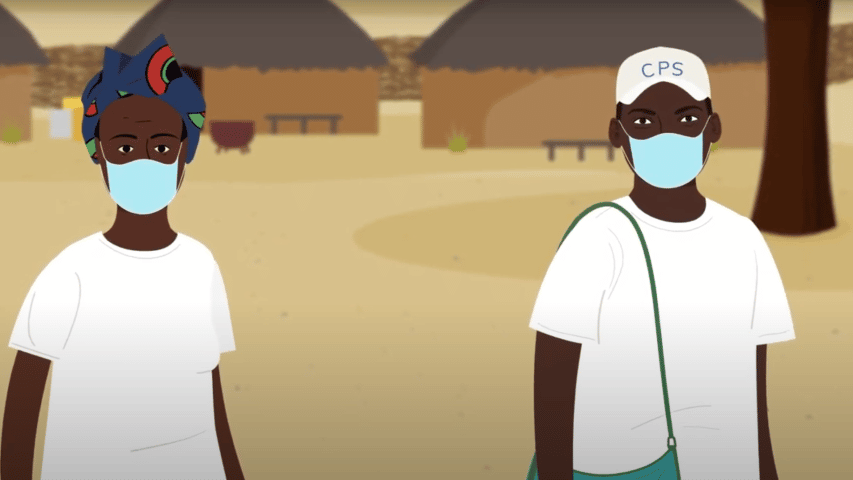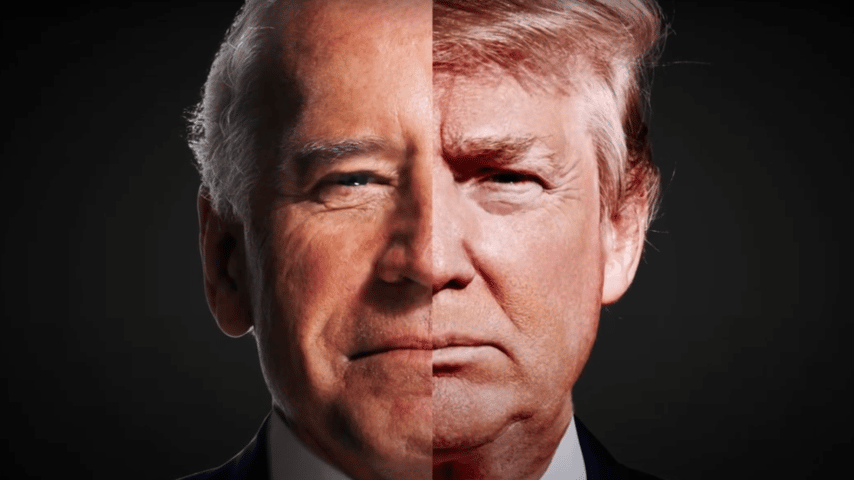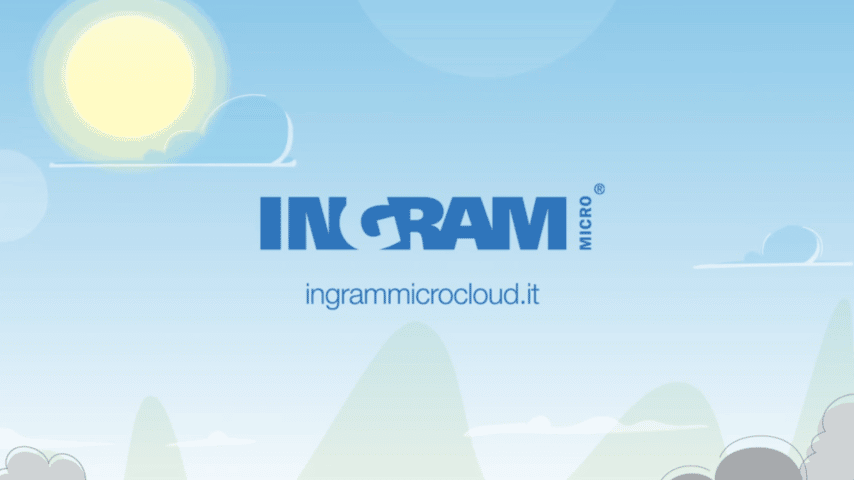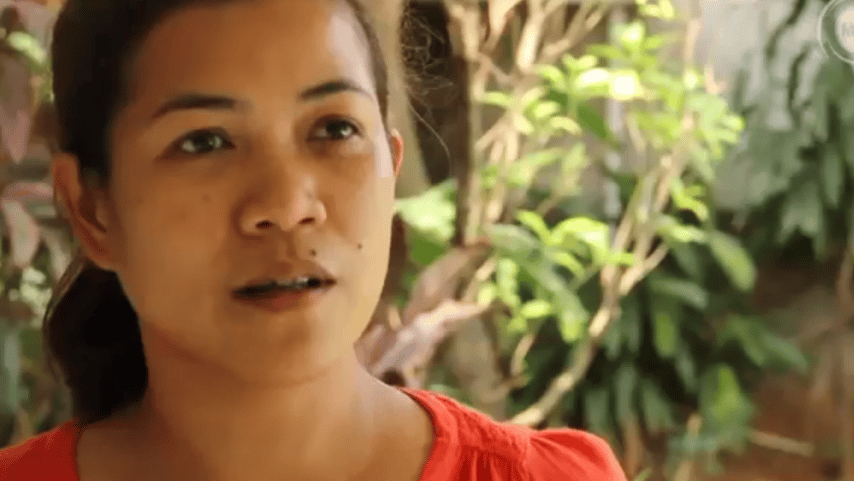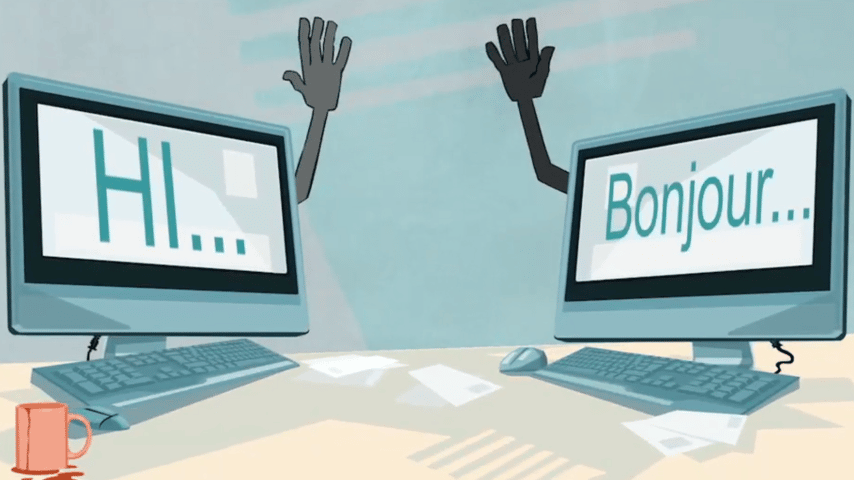What Kind of Cantonese Voice Over are you looking for?
Implementing Cantonese voice overs in your content allows you to connect with a significant and culturally rich audience. Cantonese, spoken by over 70 million people worldwide, is one of the major Chinese dialects. It is predominantly spoken in Hong Kong, Macau, and the Guangdong province of China, and has a strong presence in Chinese communities across Southeast Asia, Canada, Australia, and the United States. Adding a Cantonese voice-over to your campaign can be a pivotal step towards achieving your business goals and reaching new markets.
The Importance of Cantonese
Cantonese, known as Yue in China, holds a unique position due to its widespread use in major economic hubs like Hong Kong and Macau. These regions are not only significant financial centers but also culturally influential areas. The global Cantonese-speaking diaspora further extends the language’s importance, making it a strategic choice for voice overs aimed at diverse international markets.
Incorporating a Cantonese voice-over into your content ensures that your message is clearly understood by your target audience. It also creates a sense of belonging and empathy among the audience, leading to stronger brand connections and potentially increased sales. This connection is even more profound when the voice over uses culturally relevant nuances, enhancing relatability and authenticity.
Learn more about Cantonese Voice Over Services
Application of Cantonese Voice Over in Corporate Communications
Clear Communication: In corporate communications, clarity and precision are crucial. Cantonese voice overs ensure that messages are delivered clearly and professionally, ensuring that all employees, stakeholders, and clients understand the information being conveyed.
Cultural Relevance: A voice actor who understands the cultural context can deliver corporate messages in a way that feels natural and relevant. This helps in creating a more cohesive and effective communication strategy within the organization.
Audience Engagement: When employees and stakeholders hear their native language in corporate communications, it enhances their engagement. They are more likely to understand, relate to, and act on the messages, leading to better organizational alignment and performance.
Professional Tone: Using Cantonese for corporate voice overs allows for a professional and authoritative tone, which is essential for maintaining credibility and respect within the business environment.
The Importance and Reach of Chinese Companies

Chinese companies, particularly those based in Cantonese-speaking regions like Hong Kong and Guangdong, have a significant global presence. From finance and real estate to manufacturing and services, businesses in these areas are expanding their reach and influence worldwide. Using Cantonese in corporate communications can cater to a global customer base, ensuring clear and effective communication with Cantonese-speaking clients, partners, and employees around the world.
Mandarin vs. Other Chinese Dialects
While Cantonese and Mandarin are both major Chinese dialects, they are distinctly different in terms of pronunciation, vocabulary, and grammar. Cantonese is known for its rich tonal variations and complex syllables, which can make it more challenging to learn but also uniquely expressive. Understanding these differences is crucial when targeting specific regions or communities within the broader Chinese-speaking population.
Reaching a Broader Audience
When developing a strategy to expand your markets, creating campaigns in both Cantonese and Mandarin can help you reach a broader audience. A combined strategy that includes multiple dialects allows you to connect with diverse linguistic groups, making your campaigns more effective and inclusive. This approach can be highly beneficial for multinational campaigns, ensuring that your message resonates across different cultural and linguistic landscapes.
By understanding and utilizing the nuances of Cantonese and the interactions with Mandarin and other Chinese dialects, you can create content that truly resonates with your audience across Hong Kong, Macau, Guangdong, and the global Cantonese-speaking community.
How does GoLocalise work?
Understanding your project’s needs
GoLocalise is composed by a team of experienced professionals who work hand in hand with the best translation and production companies to provide you with top-quality services. The first step is to understand the technical aspects of your project to understand what we need to do to guarantee your necessities are met. We will ask a set of questions to determine your target audience, the type of content you want us to work with and the impact you want to achieve.
Selecting the ideal voice-over artists for your project
We want you to find the perfect voice-over artist for your project. For this, we will search for the ideal candidate within or outside our artist portfolio. Whether you are looking for an engaging, expressive, or commercial voice, we’ve got you covered!
Assigning a multilingual project manager
We will assign an exclusive project manager to serve as your only point of contact to guide you along the process, answer all questions you may have and make every stage easier. This project manager will:
- Explain all the steps involved in the process to make it easy to understand and help you determine what exactly are the services you need to ensure you stay within your budget.
- Help in selecting the ideal voice-over artist to transmit your ideas.
- Guarantee all the steps in the process are well-organized and that all deadlines are met. After choosing your ideal artist, you can relax and let your experienced project manager take care of the rest until the process is finished.
Record voice-over audio in our modern studios
All details in the process have been carefully designed to enable you to focus on the core of the service: the voice-over recording session. Your recordings will sound beautifully neat thanks to our audio equipment and our top-quality acoustic studios, using Pro Tools HD and Neumann microphones. Our sound engineers will then adjust the recorded audio to make it sharp and clean, ensuring you don’t need to repeat any recording, and thus, make the most out of your budget. In the case of those languages neither you nor your client speaks, we offer professional linguistic help to make sure everything is clear in all languages you are translating your content into.
Finding professional voice actors for your projects
Our Latest Voice Over Case Studies
What our happy customers say
Lucas Cole
Sales and Marketing Director at Epipheo
Nicola
English UK Voice Over Talent
Patricia Leon-Fedorko
Account Specialist at Advanced Language

Thomas Kennedy
Designer at Atlas Knowledge

Jonathan Lapps
Account Manager at Epipheo
Marion Hirst
Translation Project Manager at Language Wire


